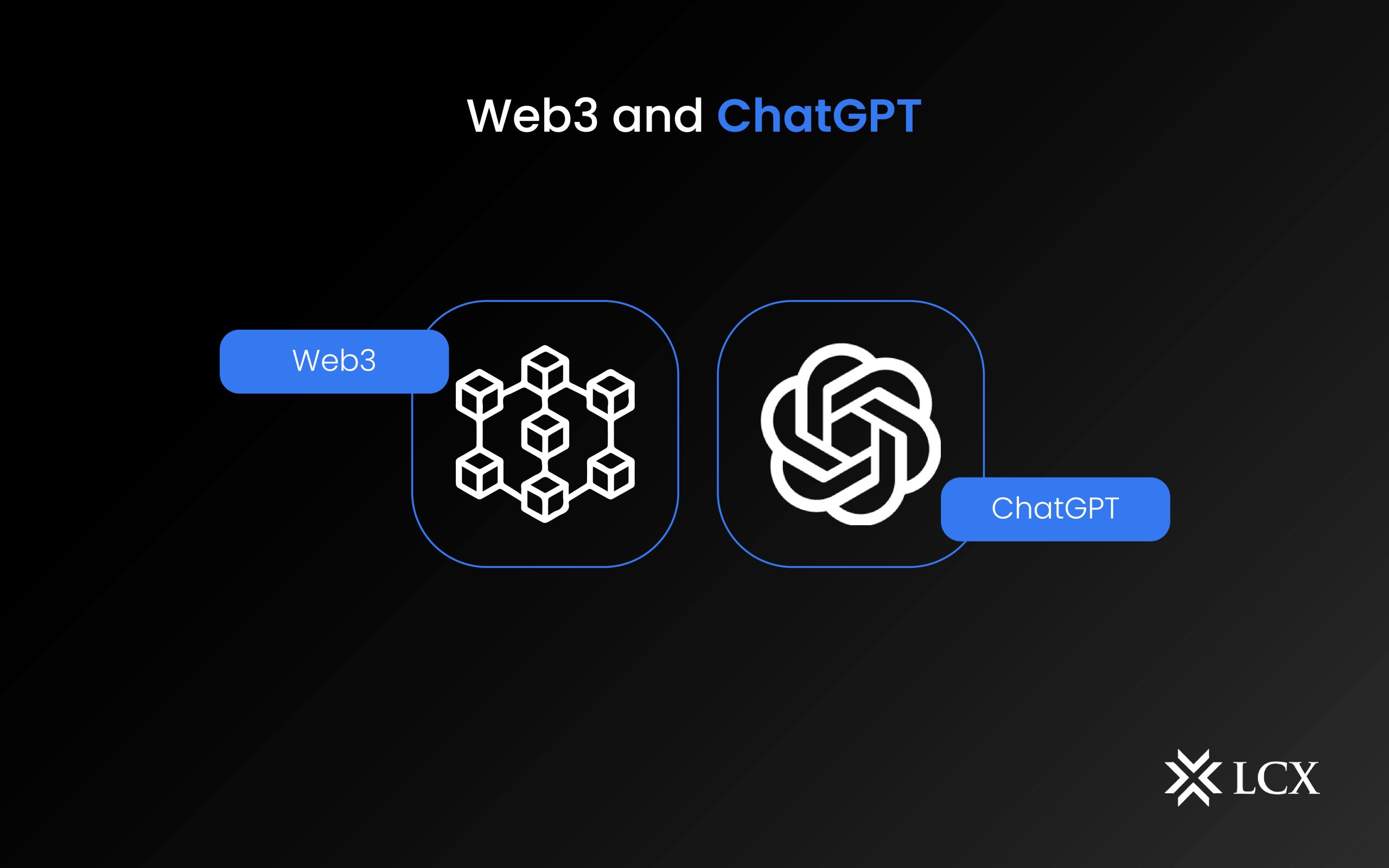Web3 and ChatGPT are two technologies that are rapidly transforming the world of cryptocurrency. Web3 is the third generation of the web, which is focused on decentralization and enabling peer-to-peer transactions. It is an emerging field that aims to create a more open and transparent internet. This allows for greater privacy and security, as well as more equitable access to online resources.
Meanwhile, ChatGPT is a chatbot that uses the GPT-3 (Generative Pre-training Transformer-3) language model, developed by OpenAI. It is the state-of-the-art natural language processing (NLP) model that has been trained on a large dataset of text and possesses the ability to generate human-like responses to a given prompt. ChatGPT can be used to create a chatbot that can engage in conversation with users and respond to their questions and statements in a way that is similar to how a human would. It can be integrated into a chat interface, such as a website or mobile app, and be used for various purposes.
Introduction to Web3 and ChatGPT
The first generation of the web was focused on providing access to information, while the second generation was centered around social media and user-generated content. Web3 is the next logical step in the evolution of the web, as it seeks to decentralize the internet and enable peer-to-peer transactions without the need for intermediaries.
One of the key features of Web3 is the use of blockchain technology, which enables secure, transparent, and tamper-proof transactions. Blockchain technology is essentially a distributed ledger that is maintained by a network of nodes rather than a centralized authority. This means that transactions are validated by the network rather than a third-party intermediary and are recorded on a permanent, public ledger.
In addition to blockchain technology, Web3 also incorporates other decentralized technologies, such as peer-to-peer networks, distributed storage, and smart contracts. Together, these technologies enable a decentralized ecosystem where users can transact directly with each other without the need for intermediaries.
ChatGPT, on the other hand, is a language model that uses natural language processing to generate human-like responses. One of the key advantages of ChatGPT is its ability to understand natural language inputs and generate human-like responses. This makes it an ideal tool for interacting with decentralized applications, such as those built on the Web3 ecosystem. By leveraging ChatGPT, users can interact with these applications in a more natural and intuitive way, without the need for technical expertise.
Web3 and ChatGPT Collaboration
A collaboration between Web3 and ChatGPT has the potential to introduce new innovations in the space. The relationship between Web3 and ChatGPT is a symbiotic one, as they both enable a more decentralized and user-centric approach to the internet.
Web3 provides the underlying infrastructure for decentralized applications, enabling peer-to-peer transactions and eliminating the need for intermediaries. ChatGPT, on the other hand, provides a user-friendly interface for interacting with these applications, making it easier for non-technical users to participate in the Web3 ecosystem.
By leveraging ChatGPT, users can interact with decentralized applications using natural language inputs, rather than having to navigate complex user interfaces or write code. This makes it easier for a wider range of users to participate in the Web3 ecosystem, which in turn increases the network effect and drives adoption.
To further understand the potential of Web3 and ChatGPT collaboration, here are a few real-world examples of how ChatGPT can be utilized in the Web3 era:
- Decentralized applications (dApps): In a traditional centralized app, all of the data is stored on a central server controlled by the app developer. This creates a single point of failure, as well as the potential for data breaches and privacy violations. By contrast, dApps are built on decentralized networks that are powered by blockchain technology. This allows for greater security and privacy, as well as a more equitable distribution of resources. One of the key challenges in developing dApps is creating user interfaces that are both intuitive and user-friendly. This is where ChatGPT comes in. By using natural language processing, ChatGPT can help create chatbots and other conversational interfaces that make it easier for users to interact with decentralized networks.
- Decentralized exchanges (DEXs): ChatGPT can be implemented into Decentralized Exchanges (DEXs) as a conversational interface to assist users with trade executions, market information, and account-related questions.
- Smart contracts: Another potential application for ChatGPT in the context of web3 is in the creation of smart contracts. Smart contracts are self-executing contracts that are stored on a blockchain. They can be used to automate a wide range of tasks, from financial transactions to supply chain management. However, creating smart contracts can be a complex and time-consuming process. ChatGPT could be used to simplify this process by allowing developers to interact with smart contracts in natural language and ChatGPt could then generate the necessary code to execute that contract.
Conclusion
Web3 and ChatGPT together are enabling a more user-centric and decentralized approach to the internet, where users have more control over their data and can transact directly with each other, without the need for intermediaries. As these technologies continue to evolve, we can expect to see more innovative applications and use cases emerge, which will further drive adoption and growth in the Web3 ecosystem.
Undoubtedly, there are also some concerns associated with the use of ChatGPT in Web3. One of the major concerns is that chatbots could be used to spread misinformation or engage in fraudulent activity. To mitigate these risks, it will be important for developers to implement robust security measures and ensure that chatbots are transparent and trustworthy. Additionally, it will be important to educate users about the potential risks associated with interacting with chatbots and other conversational interfaces.










